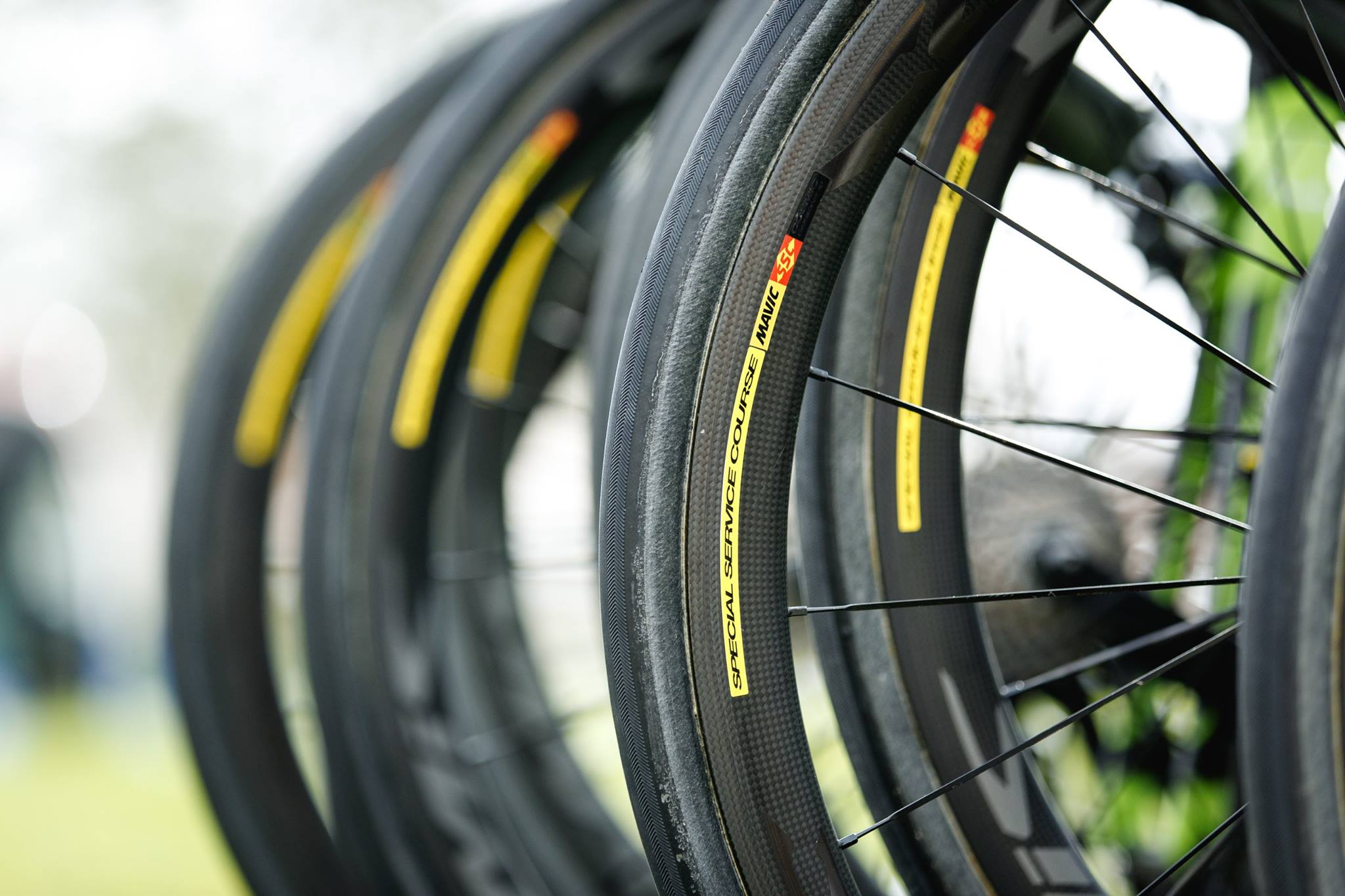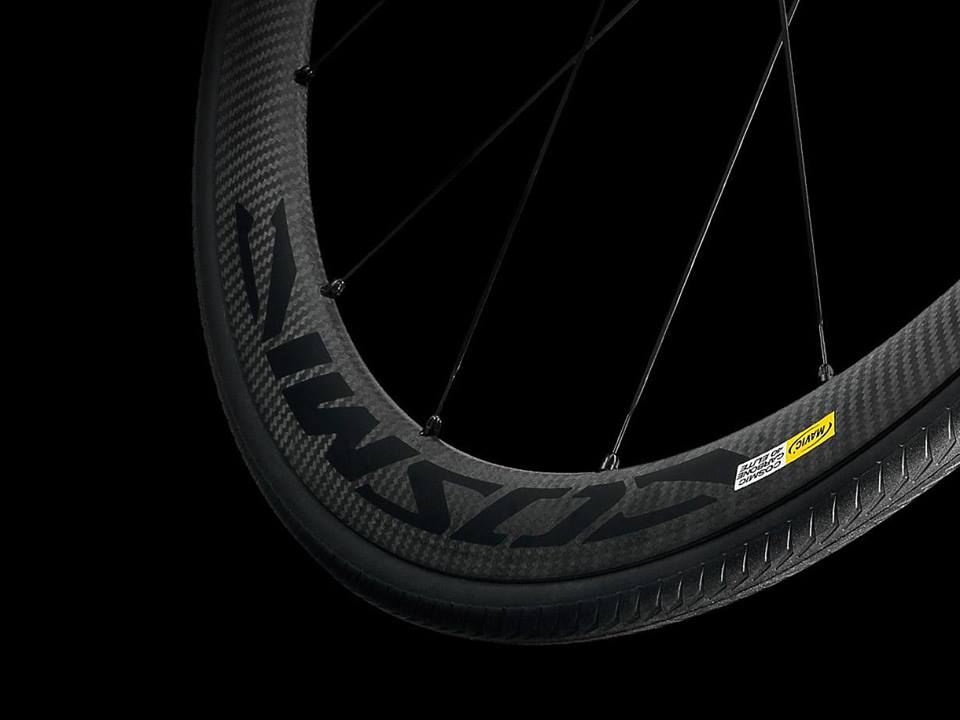

Wheels are widely considered the best possible upgrade for your bike, no matter what level you are at. Coming in all shapes, weights and materials, choosing your new wheels can be as confusing as it is exciting. With so many different things to consider, from rim depth to brake configuration and tyre width, we understand that navigating the range is challenging, so here’s our handy guide to get you started.
Alloy
Carbon composites might be the material of choice in the cycling world, but aluminium alloys remain the standard for many components and parts. Any entry-level aluminium framed bike and many carbon frames will come wearing alloy wheels off the shelf, and they are still the preference for training rigs from grass roots to the pro ranks. Alloy wheels may be slightly heavier than carbon, but their reputation for resilience and durability in any weather far outruns their lighter counterparts. What’s more, alloy wheels are nearly always much cheaper, so your upgrade does not have to break the bank.

Carbon
Carbon wheels aren’t just great for their allusion to a low-flying UFO as you fly past a town sign or launch from a mate’s wheel, they are aerodynamic, lighter in weight and stiffer than alloy equivalents, making the ride feel second to none. Carbon wheels are now used in professional racing exclusively, even at the Spring Classics where durability is valued above almost anything else. If you needed any more reasons to upgrade to carbon, they look pretty darned cool too.

Rim depth
You’ll notice that all the wheels listed on this page vary in rim size or depth. We could get into a lengthy discussion over biomechanics, inertia and drag, but in layman’s terms, deeper rims might be slightly heavier but are more aerodynamic, whereas shallow rims have very little wind resistance and tend to be significantly lighter. Aero wheels would be the preference of sprinters and amateur riders interested in going full tilt on the flat, while shallow rims would suit ‘weight weenies’; those riders among us whose primary goal is to climb light and fast.
Brakes
Disc brakes have been growing in popularity at an alarming rate and besides improving stopping power, the innovation has facilitated developments in wheel design. The relocation of the brakes from rim to hub gives designers a great deal more freedom and scope, resulting in wider rims and tyres (more on this below), and overall stiffer and more durable wheels. The crucial difference is that wheels for rim brakes have a braking surface around the rim whereas disc brakes do not need a brake track at all which should mean the risk of overheating on long descents is minimised.

Clincher or tubeless tyres?
Typically, you’ll be making a choice between clinchers and tubeless tyres. Clinchers are way more common among amateur riders and indeed for pros during training, but tubeless tyres are making serious waves in the cycling community, not least for their puncture resistance. Put simply, clinchers sit on the rim over an inner tube, whereas tubeless tyres are a single unit that is glued to the rim. Maintenance for tubeless tyres is a little more complicated but that doesn’t stop them from being well worth considering. If you’re trying to match the perfect tyre to disc compatible wheels, then tubeless would be the perfect suitor; minimising the risks of both punctures and overheating.
Tyre width
The tyre width debate is ongoing and will probably be one of those that continues into perpetuity. The current thinking is able to take disc brake setup and tyre clearance into consideration and, added to the quest for minimal rolling resistance and cornering grip, you get “wider is fasterâ€. What’s more, wider tyres can be run at a lower pressure, so vibration is reduced making the ride infinitely more comfortable. Take a look at this GCN video for a more detailed analysis.
Hopefully you’ve now got a better idea of what to look out for when choosing new wheels or tyres. Don’t forget that if you’ve got any further questions, our instore staff are always on hand to help out.